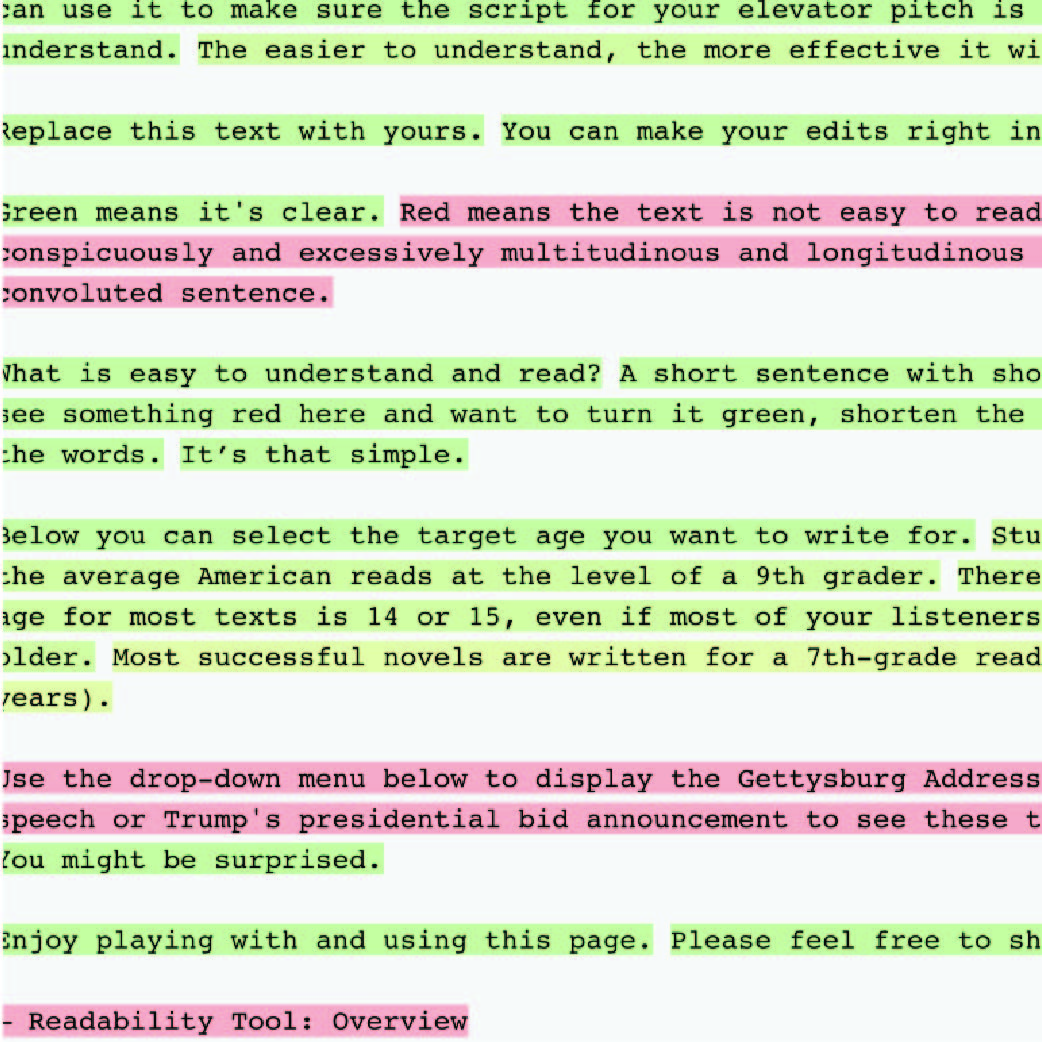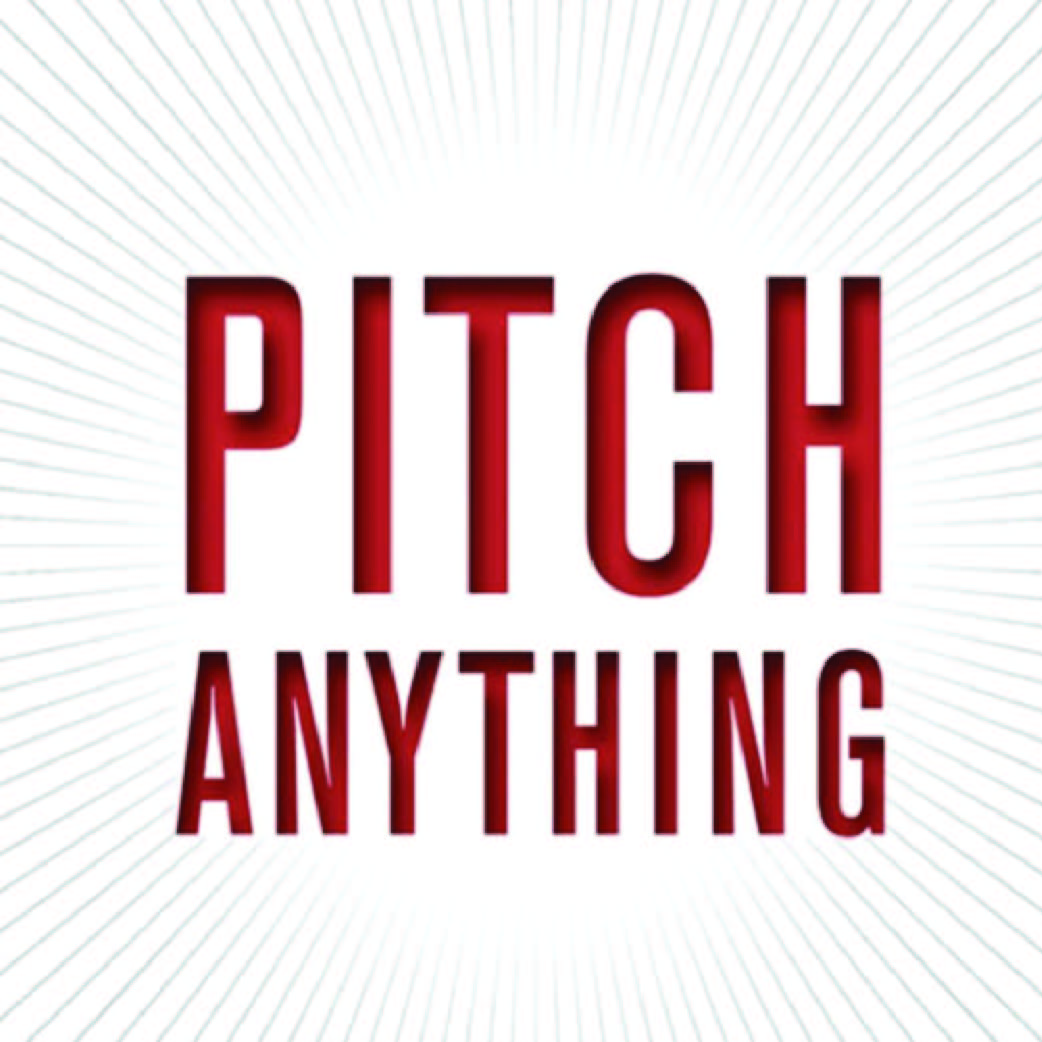
This quarter's update focuses on a small but meaningful improvement to the Elevator Speech Framework that every training session is based on. I’ve called this most recent modification the "More Transition" because the word "more" plays an important role in it. Here is how it works: Almost at the end…
Read More


